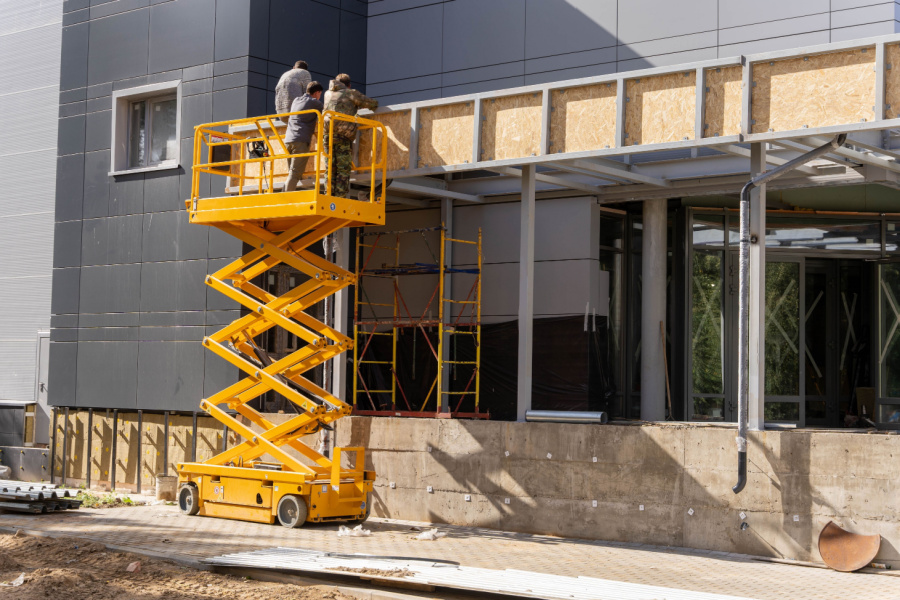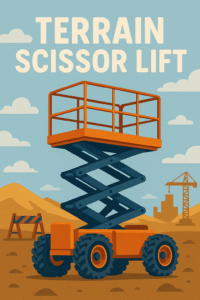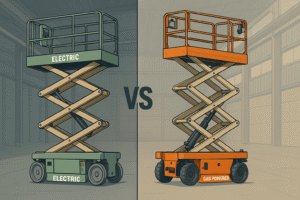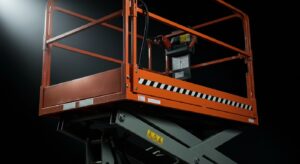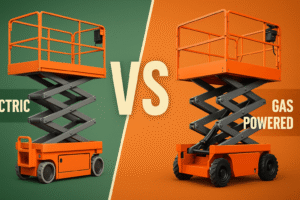Scissor lifts and aerial lifts have revolutionized workplace accessibility in general industry settings, offering mobility and flexibility for various job tasks. However, the use of this equipment comes with serious hazards, including falls, which can lead to worker injuries and fatalities. Understanding the nuances of scissor and aerial lift safety is paramount for employers to ensure a safe working environment.
1. The Hazards of Scissor and Aerial Lift Use
a. Preventable Incidents:
OSHA reports alarming statistics, highlighting ten preventable fatalities and over 20 preventable injuries stemming from incidents involving scissor lifts alone in a single year.
b. Fall Risks:
Falls represent one of the most severe hazards associated with scissor and aerial lift operations. Despite the absence of specific general industry standards addressing this issue, OSHA provides guidance through various resources.
Learn More: ELECTRIC VS. DIESEL SCISSOR LIFTS: WHICH IS MORE SUITABLE FOR YOUR NEEDS?
2. Differentiating Scissor and Aerial Lifts
a. Scissor Lifts:
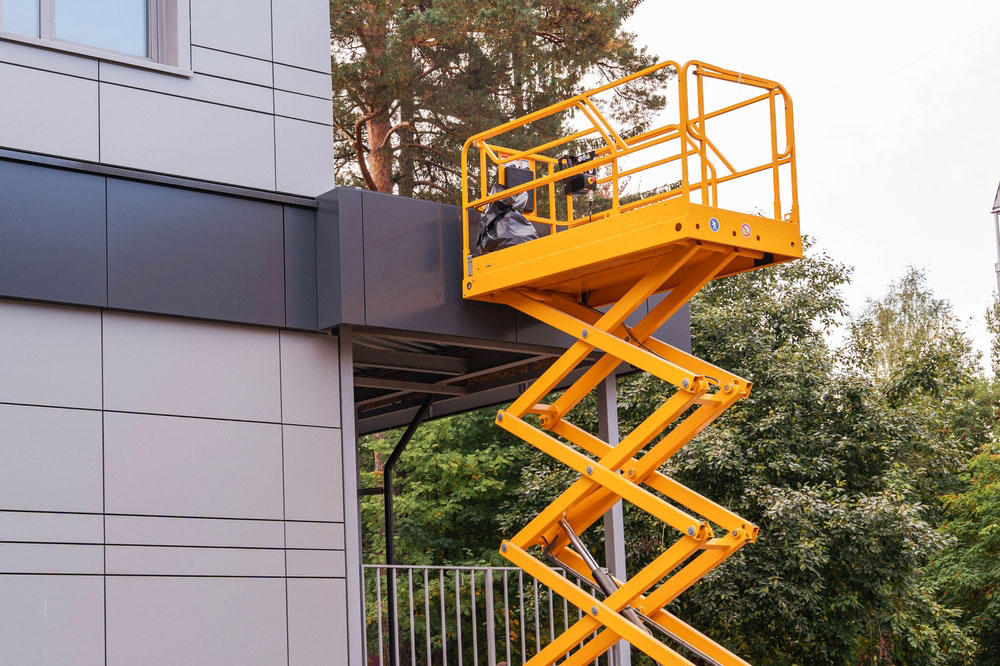
Defined as mobile scaffolds with vertically moving platforms, scissor lifts offer vertical mobility only. Their design necessitates distinct safety considerations, primarily concerning fall protection through guardrails.
b. Aerial Lifts:

In contrast, aerial lifts encompass vehicle-mounted platforms capable of both vertical and horizontal movement. The versatility of aerial lifts presents unique hazards, particularly regarding stability and fall prevention.
3. Essential Fall Protection Measures
a. General Fall Protection:
Employers must ensure adherence to fundamental fall protection measures, including the presence and maintenance of guardrails, closure of access gates, and adherence to safe working practices within the lift.
b. Personal Fall Protection:
The use of personal fall protection varies between scissor and aerial lifts. While scissor lifts may rely solely on guardrails for fall prevention, aerial lift operators must utilize body belts or full body harnesses in accordance with OSHA standards.
Learn More: MAINTENANCE TIPS AND COSTS FOR SCISSOR LIFTS
4. OSHA Guidelines for Fall Protection
a. Scissor Lifts:
OSHA emphasizes that properly designed and maintained guardrails suffice as fall protection for scissor lifts, eliminating the need for additional tie-off measures.
b. Aerial Lifts:
Specific requirements mandate the use of body belts or full body harnesses at all times to prevent falls from aerial lifts. OSHA prohibits belting off to adjacent structures and emphasizes the importance of fall protection when entering or exiting the lift.
Conclusion
In conclusion, prioritizing safety in scissor and aerial lift operations is imperative to mitigate the risks of falls and ensure worker well-being. By adhering to OSHA guidelines, employers can enhance safety protocols, including the implementation of appropriate fall protection measures tailored to the specific characteristics of scissor and aerial lifts. Through proactive measures and comprehensive training, businesses can create a secure working environment conducive to productivity and employee welfare.

